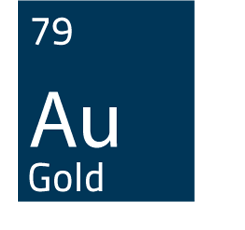A gold nanoparticle is less than 1/10,000 the width of human hair—hardly the makings of a fine necklace or earrings. To those with cancer, however, the nanoparticles are proving to be far more precious than any jewelry.
Injected alone, anti-cancer drugs can take days to gather and attack a tumor, but chemist Clemens Burda, PhD, added a spark to the process by introducing gold to standard treatments. His work shows that an anti-cancer drug loosely attached to gold nanoparticles can home in on tumors and be activated for effective treatment within two hours. This speedier method enables patients to receive lower doses of the toxic chemicals, thereby saving healthy tissue from damage and other harsh side effects suffered in traditional chemotherapy.
The lipid membranes of cancer cells draw the drug away from the gold. An external laser light switches on the photodynamic therapy drug silicon phthalocyanine, which breaks down and kills cancer cells, thereby shrinking the tumor. After delivering the drug, the gold particles pass through the kidneys and clear the body within a week.
Burda’s promising initial results have led to additional grant funding to continue the treatment’s development toward a clinical trial.


























